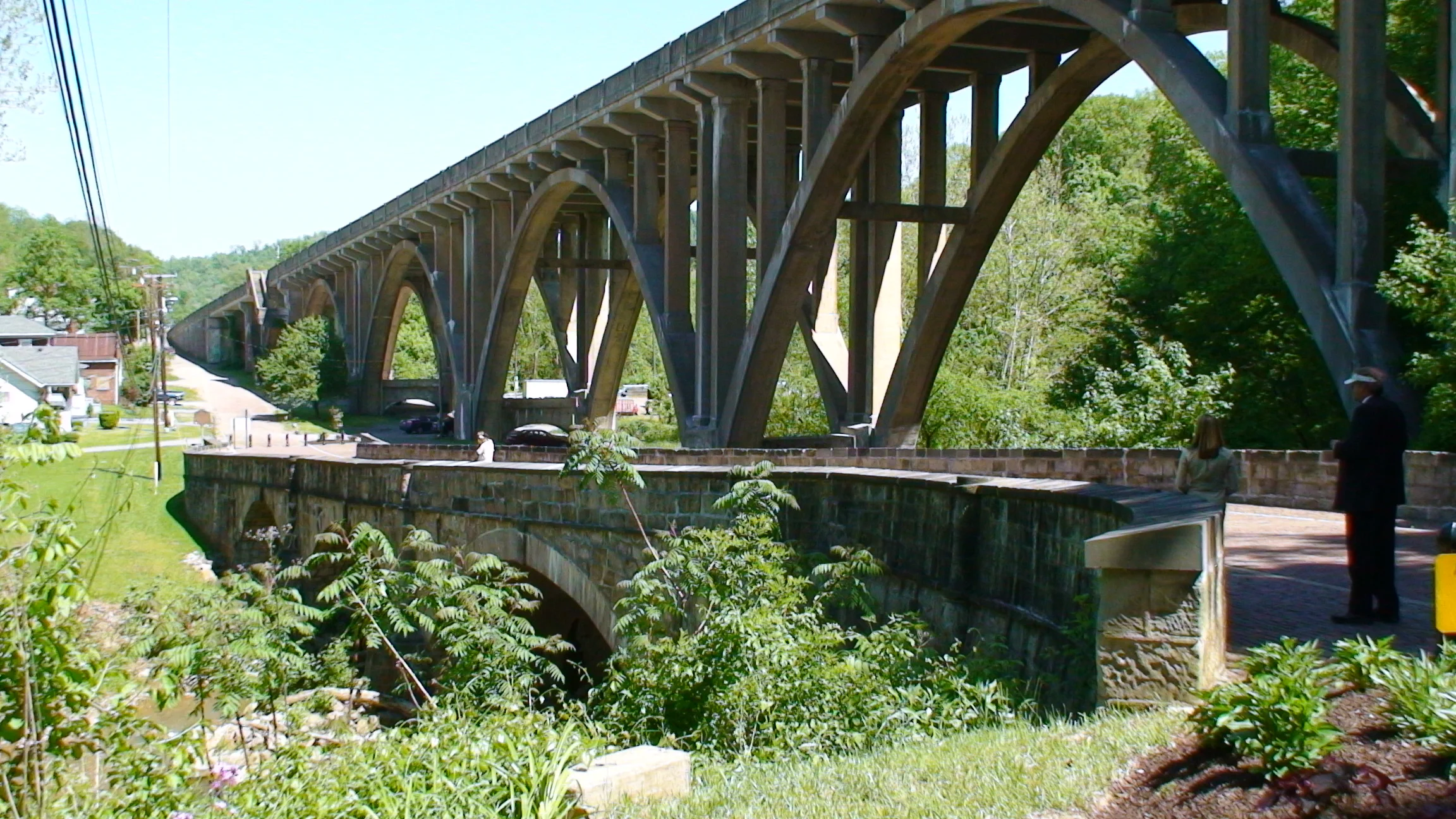Spooky season is upon us, and this year we are reaching back into the archives to re-share some of the more staggering statistics we have unearthed as a part of our “Spooky Streets” series.
#GOPCThread: Spooky Streets and the Threat they Pose to Communities Across Ohio
Study Highlights Challenges and Opportunities for the Future of Rural Transit
Expanding Transit Options: Lessons from the Nation's Capital
By Nicholas J. Blaine, Project Coordinator Last week I traveled to Washington D.C. to attend a roundtable on behalf of Greater Ohio Policy Center. To get from the airport to the city, I opted to use public transit in lieu of renting a car or taking a taxi. The transit system in D.C. is excellent, offering a host of buses, light rail, and bike lanes. While I was traveling, I began to think about what Ohio’s cities would need to offer a similar array of transit options.
| City Populations: | |
| Columbus | 822,553 |
| Washington D.C. | 646,449 |
| Cleveland | 390,113 |
| Cincinnati | 297,517 |
| Toledo | 282,313 |
| Dayton | 143,355 |
Source: U.S. Census 2013 Population Estimates
A lot of it likely comes down to population dynamics. The U.S. Census Bureau estimates that Washington D.C. has a population of 646,449, which swells daily due to the influx of workers and travelers to the city. Ohio's major metros have similar populations and growing demand within their urban areas for transportation options. Additionally, D.C. and Ohio’s legacy cities face similar challenges and opportunities when it comes to creating bike friendly communities.
Once I made it to the National Mall, it was clear that biking was a popular mode of transportation in D.C. With 1,100 bikes in city’s bike sharing system and an increasing number of cyclists, Washington D.C. launched a Downtown Bike Lane Pilot Project to create separate bike lanes throughout the city’s core. Incorporating bike lanes into city and transportation corridor planning is a strategy that Ohio cities of any size can employ. As part of this project, Washington D.C. will install 14 miles of bike lanes, three miles of shared lanes, and two miles of off-street bike paths during 2014.
The city’s efforts are in large part no different than those in any Ohio city seeking to expand bicycle ridership, which likely means the impact is replicable. By counting the number of riders observed on the streets, the District Department of Transportation determined in most cases that adding bike lanes more than doubles the number of riders. This, in turn, reduces the amount of traffic in other modes, such as cars.
With recently implemented bike sharing programs in Columbus, Cincinnati, and Cleveland, it is clear that Ohioans have an appetite for commuting by bicycle. As Washington D.C.’s bike lane expansion demonstrates, if you build it, they will ride.






